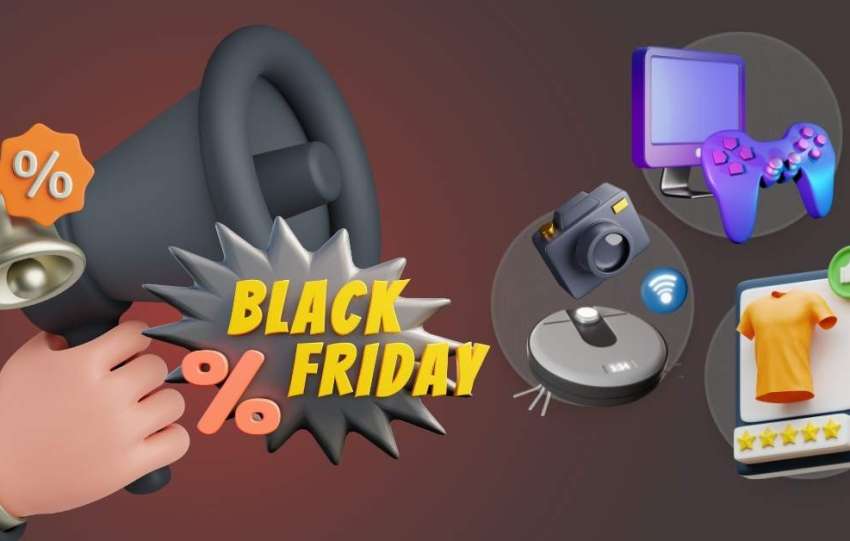Share This Article
As logic would dictate, creating, opening and maintaining an online business involves less economic investment than a physical store would. However, there are many details to keep in mind that can help you to save money and have a greater chance of success, especially at the beginning.
In this post we will first talk about all of the essentials when it comes to reviewing and calculating an online store’s costs and the other expenses that you will want to avoid, without the possible loss of sales.
Online store costs: what are my essentials?
There are several indispensable investments when starting an online store. Let’s detail what they are and the approximate costs of each of them:
Domain and hosting
All websites needs a domain (www.exampleweb.com) and ‘accommodation’ or hosting, which is the internet space where all files and folders that make a website work are situated. Hosting can be of various types:
- Shared hosting: The most common. This is very economical but as the name implies, your online store will share its ‘space’ with others, which may remove resources from your own. This might be of interest for small stores in Worpdress or PrestaShop, which have little traffic.
- VPS Servers: This is a virtual private server, in which your e-commerce site is hosted on an exclusive virtual server, but with a shared physical location. This may be of interest to online stores with extensive catalogues.
- Dedicated hosting: Just for you! You don’t have to share with anyone, but the price will naturally be more than for other options. This is recommended for advanced e-commerces sites.
- Cloud hosting: scalable in terms of your website’s growth. This is advisable for e-commerce sites with large catalogues. There is no fixed cost as it varies depending on your usage.
There are hundreds of providers offering domains and hosting, so you just need to select the one that best fits your needs. But be careful and make sure that the hosting does meet the minimum requirements needed for a store to work perfectly, and above all that it has a fast and effective customer service to quickly resolve any problems that may arise.
If you’re not an expert on these matters, don’t worry. In the event that you decide to launch a dropshipping store with BigBuy, we can advise you on what type of domain and hosting to go for and that will belong to you 100%.
Average price of a domain and hosting
.com domains usually cost between €10 and €25 a year, but you can also find domains costing only €1 per year.
- Hosting: The price varies greatly depending on what you choose.
- Shared hosting: There are some very cheap ones, which are around €15 per year, but the average is usually over €40 per year.
- VPS Server: Available from around €10 per month.
- Dedicated hosting: The cheapest are over €30 a month. The more expensive ones can cost much more, depending on your needs.
- Cloud: You can find them from around €15.
E-commerce site themes

Themes or templates are predefined designs used to create a simple and practical online shop. Depending on the type, they may be more or less customisable, as well as work with a Content Manager (CMS).
CMS is essential for being able to manage an e-commerce site and keep it properly updated, so it is important that you look closely at its features. One of the most used, powerful and safe is Prestashop, a CMS used by BigBuy dropshipping store templates. In addition to Prestashop, there is also WooCommerce (with WordPress) or Shopify, for example.
The prices of themes also depend on many factors and they may even be totally free, although such themes are often problematic and can negatively impact the success of a dropshipping business. A PrestaShop template might cost you between €60 and €130.
Payment method prices

Once we have our chosen theme, we’ll need to analyse and calculate how much we want to pay and look at the different payment methods, since they may vary substantially. Let’s analyse each of them and their different options:
- Payment gateway: also called the virtual TPV, is a secure card payment system. It is set up directly with financial institutions and allows your buyers to purchase your goods in a totally safe way. Your monthly maintenance depends on each bank, but can range between €0 and €20-30.
- PayPal: this is one of the most commonly used payment methods in e-commerce since it offers a high degree of confidence to prospective buyers and because it is a very easy option for implementing a payment system on websites. In most cases it is free to set up, but PayPal charges a commission for each transaction at 35 cents per sale. Commissions vary depending on your monthly sales (the more you sell, the less commission percentage you pay).
- Transfer and/or payment on delivery: Bank transfers have the advantage for the seller of not requiring any kind of prior set ups, so there is no expense involved other than bank fees. The same applies to the payment on delivery option. Despite the fact that both methods are not often used these days, they continue to be payment options that can offer security to those who do not trust online payment methods, for which reason it is wise to keep them in mind.
Data protection law costs for an online store
Before launching an online business in Spain it is obligatory to ensure compliance with Organic Data Protection Law. This is not a huge amount of work and is not costly, but it is important to ensure that our legal and privacy policies are all in order.
The cost of this process depends on the consultant or advisor we choose to help us make sure that everything complies with the regulations, so we recommend that you contact several and do a price and service comparison.
Other expenses: There are some other details to consider when creating, launching and maintaining an online store. As they are not essential points, we are not going detail them in this article, but there are a series of other aspects that you’ll have to know about when you are costing your e-commerce site and getting ready to start selling.
My online store costs: what else can I save on?
Apart from the expenses we have discussed above, there are some alternatives that will allow you to save without having to lose out on any possible sales or business expansion.
Some examples are as follows:
- Save with stock: One of the greatest expenses for any store, either physical or online, is stocking merchandise. At BigBuy we are dropshippers, and we manage all storage and shipping for our customers. In short, we become your integral logistics operator, which allows you to save time and money with all logistical aspects of your business.
- Saving with logistics: This is very much related to the previous point. A dropshipping service allows us to save on costs related to ‘fulfillment’, which is all order preparation, as well as delivery to the final customer. So you won’t need to worry about your e-commerce site logistics.
In addition, as we are a logistics operator with a presence throughout Europe, our clients can ship to any country on the continent much more cheaply than with other methods. - Save on design: as we commented earlier in this blog, the image transmitted by our e-commerce site is essential in generating confidence and higher levels of sales as a consequence. So as to avoid dependence on a designer, there are very economic crowdsourcing platforms for design that allow you to use high-quality professionals without the need to invest large sums.
As you can see, there are many economic factors to be taken into account when creating and maintaining an e-commerce site. An online store’s costs are numerous, but there are ways and means to deal with them, as well as alternatives that will let you save money without giving up the quality of your service, especially at the beginning,





 Contact
Contact





